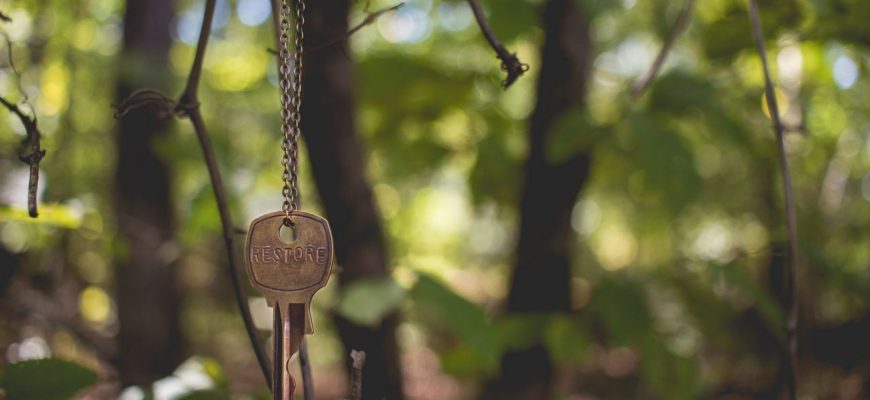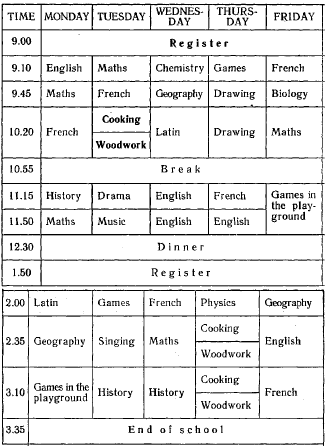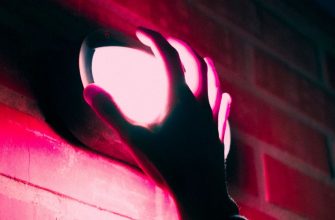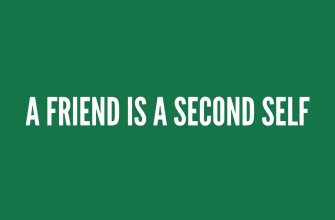School Education in Great Britain. Школьное образование в Великобритании
School Education in Great Britain
In Great Britain children begin to go to school at the age of five. First they study at infant schools. In these schools they learn to draw with coloured pencils and paints. They also make figures out of plasticine and work with paper and glue. They play much because they are very young. Later they begin to learn letters and read, write and count.
At the age of seven English schoolchildren go to junior schools. They do many subjects: English and Maths, History and Music, Natural History and Drawing, Handicrafts, French and Latin.
They do not go to school as early as we do, but they stay there longer. The first lesson usually starts at 9 o’clock. There are 3 lessons with short breaks of 10 minutes between them and then an hour break for lunch. After lunch they have two more lessons which are over by half past three.
If you have a look at an English pupil’s school record, you will see that the marks in it differ from the marks we have. Our schoolchildren get marks from 1 to 5 (12). At English school there are marks from 1 up to 10 and at some schools from 1 up to 100.
Junior school ends at the age of 11 when pupils take the Eleven Plus examination and then secondary school begins. At the age of 16 schoolchildren take their exams. Only 45 per cent continue with fulltime education after 16. The rest go to work or join employment training schemes.
Школьное образование в Великобритании
В Великобритании дети начинают ходить в школу в возрасте до пяти лет. Сначала они учатся в дошкольных учреждениях. В этих школах они учатся рисовать цветными карандашами и красками. Они также делают фигуры из пластилина и работают с бумагой и клеем. Они много играют, потому что они очень малы. Потом они начинают учить буквы и читать, писать и считать.
В возрасте семи лет английские школьники идут в начальную школу. Они изучают много предметов: английский и математика, история и музыка, естествознание и рисование, рукоделие, французский и латинский.
Они не ходят в школу так рано, как мы, но остаются там дольше. Первый урок, как правило, начинается в 9 часов. Есть 3 урока с короткими перерывами по 10 минут между ними, а затем перерыв на обед. После обеда у них еще два урока, которые заканчиваются в половине четвертого.
Если вы посмотрите на успеваемость английских учеников, вы увидите, что оценки отличаются от наших. Наши школьники получают оценки от 1 до 5 (12). В английской школе оценки от 1 до 10, и в некоторых школах от 1 до 100.
Рассказ о школах британии на английском
БРИТАНИЯ И БРИТАНЦЫ
SCHOOL LIFE OF BRITISH CHILDREN
The school year is divided into terms, three months each, named after seasops autumn term, winter term and spring term.
The autumn term starts on the first Tuesday morning in September. In July schools break up for eight weeks.
Life at school is more or less similar everywhere. Each group of 30 pupils is the responsibility of a form tutor. Each schoolday is divided into periods of 40-50 минут, time for various lessons with 10-20 minutes breaks between them.
On important occasion such as end of term or national holiday, called in England schools speech-days pupils are gathered in the assembly area or hall.
Most of the pupils’ time is spent in a classroom equipped with desks and a blackboard. The desks are arranged in rows, the space between the rows is called an aisle.
In addition to there are classrooms laboratories for Physics, Chemistry and Biology. Technical rooms are for Woodwork, Metalwork, Technical Drawing. There are rooms for computer studies. The Physical Education lessons are conducted at the gymnasium, games-hall or at the play ground in front of the school building. There are also language laboratories and housecraft rooms. Every school has a library and a school canteen.
Young people in Britain often don’t like their school uniform, especially the hats and shoes.
It sounds logical to say that the school’s function is to train a pupil’s mind and his character should be formed at home. Teachers would be pleased if the problem could be solved so easily. But children don’t leave their characters at home when their minds go to school. Many of them have personality problems of one kind or another.
The pupils who violate various school regulations may be punished in the following ways: for lateness, truancy they may be reported to the Headmaster, or named in school assembly. They may be detained in school after ordinary hours.
1. How many terms are there in British schools?
2. What are classrooms equipped with?
3. What other laboratories are there at schools?
4. What is the school uniform?
5. What is the punishment for pupils who violate school regulations?x
ШКОЛЬНАЯ ЖИЗНЬ БРИТАНСКИХ ДЕТЕЙ
Осенний семестр начинается в первый вторник сентября. В июле школы закрываются на восемь недель.
Важные дни, такие как конец семестра или национальный праздник, называются в английских школах актовыми днях, и ученики собираются на площади для собраний или в актовом зале.
Большую часть времени дети проводят в классах, где есть парты и доска. Парты стоят рядами. Место между рядами называется проходом.
Кроме классных комнат есть кабинеты физики, химии, биологии. Технические комнаты служат для работ по дереву, металлу и чертежи. Также есть компьютерный класс. Уроки физкультуры проводятся в спортивном зале, игровом зале или на спортплощадке перед школой. В школе также есть языковые классы и комнаты для труда. В каждой школе есть библиотека, столовая.
Дети, которые нарушают школьные правила, могут быть наказаны. За опоздания или прогулы их могут отвести к директору или вычитать на школьных собраниях. Они даже могут остаться в школе дополнительно после уроков.
Сегодняшней темой будут тексты про английские школы. Почитаем об английских школах:
Schools in England are not the same as in our country. Children begin to go to school when they are five years old. From five to seven they are in infant schools An infant school is like a kindergarten. The children draw and paint, they sing and listen to stories which the teacher reads to them. They also play games. In these schools they begin to learn to read and write.
From seven to eleven children in England go to a junior school. Here they all learn to read and write and do mathematics.
From eleven to sixteen boys and girls in England go to a secondary school. They begin to learn in form one. The sixth form is the last form in this school. They have many subjects in their time-table.
In England schoolchildren do not go to schools on Saturdays and Sundays.
Переведем с английского:
Да, принцип учебы значительно отличается от нашего. Теперь рассмотрим пример расписания уроков для учеников третьего класса английской школы:
Do you like English? A lot of people in our country learn English at school. But in England many children learn French or Latin at school. Some children learn German, Latin or Russian.
Here is a time-table at an English school for the third form. Look at the lessons. Do you have these lessons in your school too?
Вы любите английский? Многие люди в нашей стране учат английский в школе. Но в Англии многие дети учат французский или латынь в школе. Некоторые дети учат немецкий, латынь или русский.
Здесь расписание уроков в английской школе для третьего класса. Посмотрите на уроки. У вас тоже есть в школе эти уроки?
Ну и само расписание можно посмотреть на картинке выше. Переводить его на русский я не буду, так как в нем и так все предельно ясно.
И в заключение, посмотрим пример школьного табеля английского школьника:
You get good marks and bad marks in your school subjects. Schoolchildren in England get marks too. You get a three and a schoolboy in England gets a fifty-five or sixty. You get a four and he gets a seventy-five or eighty. You get a five and he gets ninety-seven or a hundred.
Вы получаете хорошие оценки и плохие оценки по вашим школьным предметам. Школьники в Англии тоже получают оценки. Вы получаете тройку, и школьник в Англии получает 55 или 60. Вы получаете четверку, и он получает 75 или 80. Вы получаете пятерку, и он получает 97 или 100.
Содержимое самого табеля успеваемости переводить тоже не буду. Там все и так можно понять. А на сегодня все.











